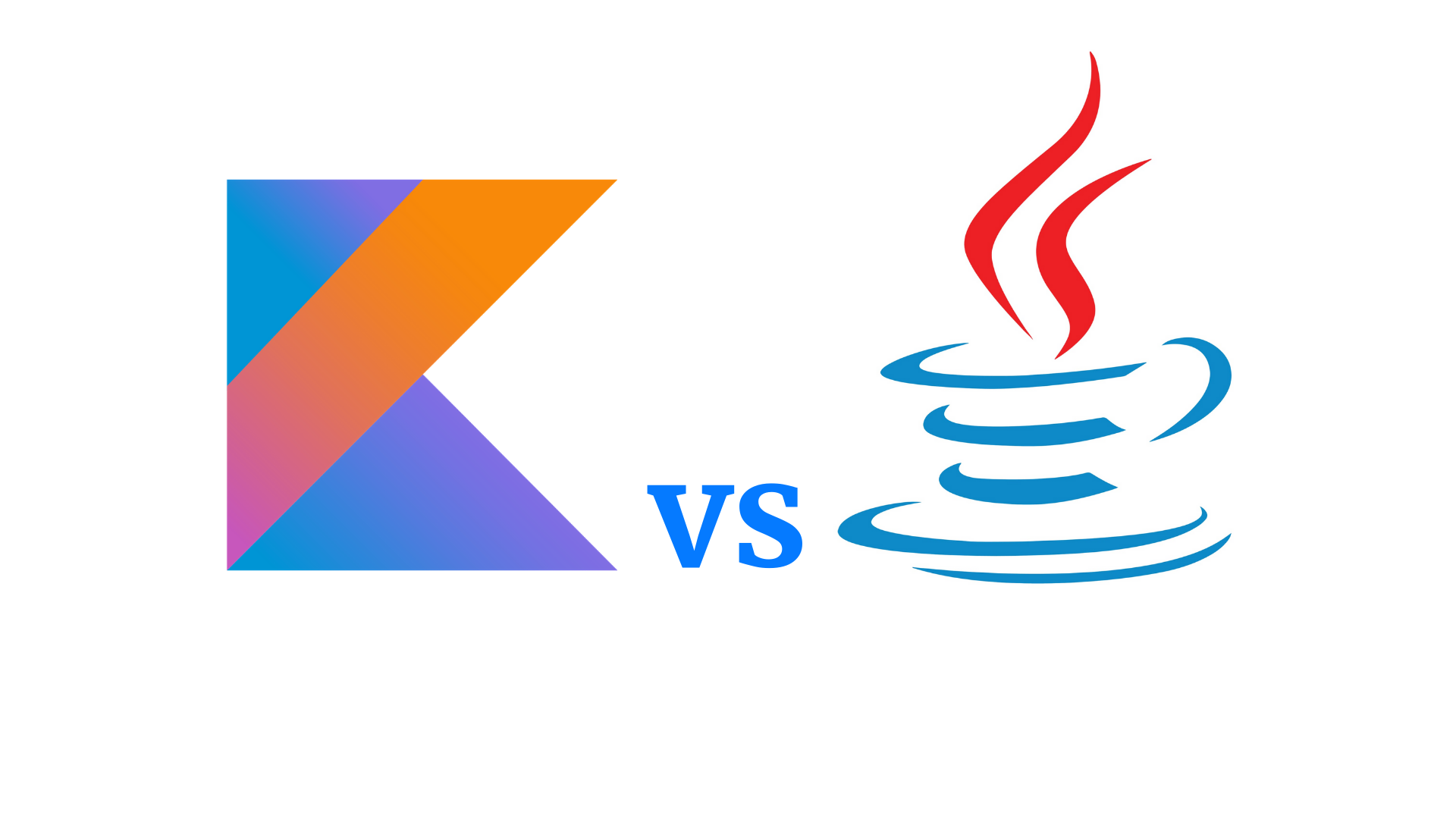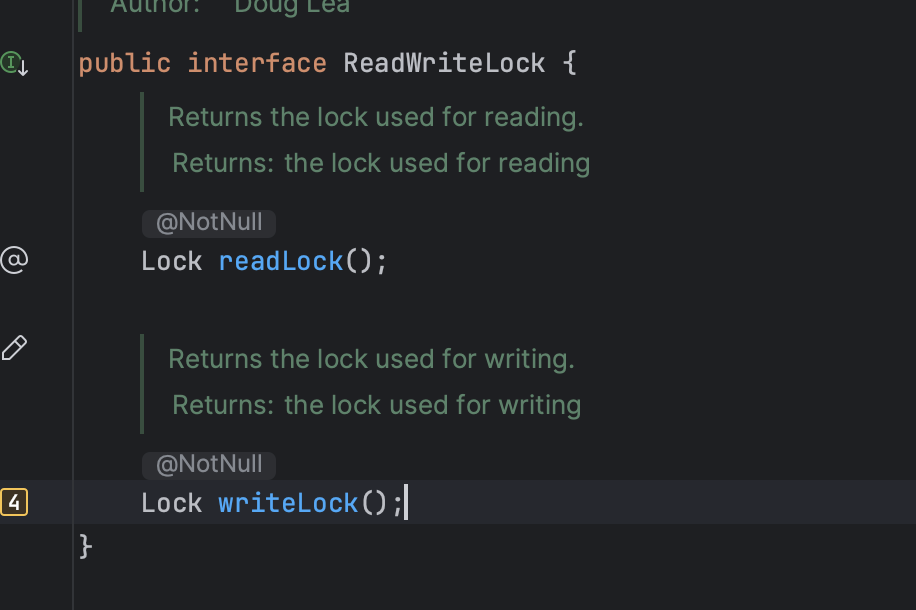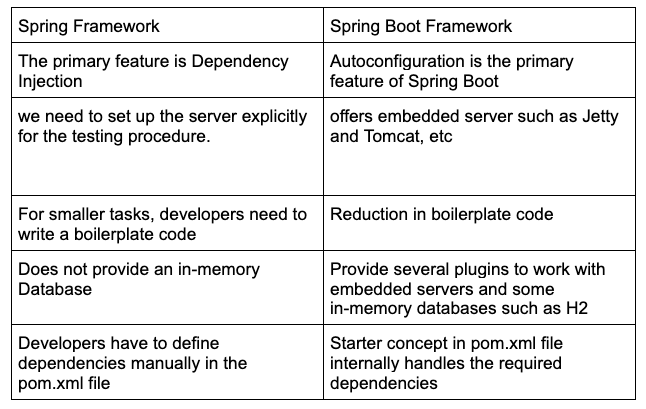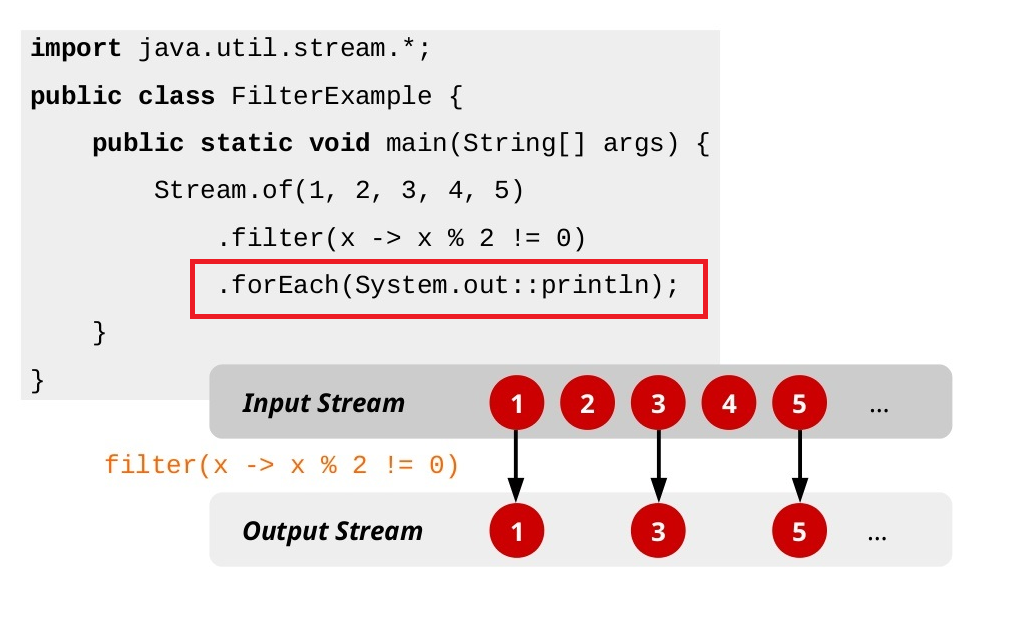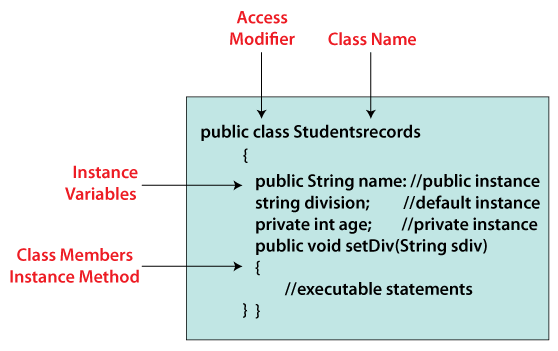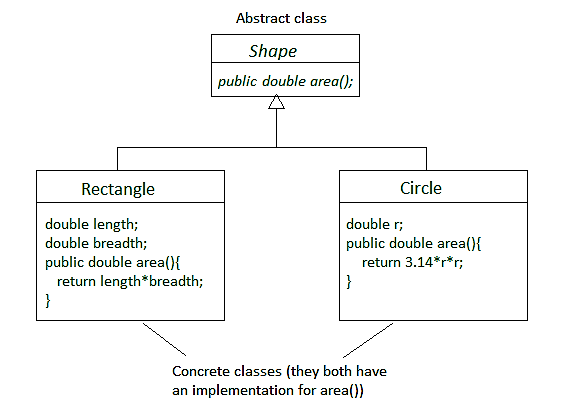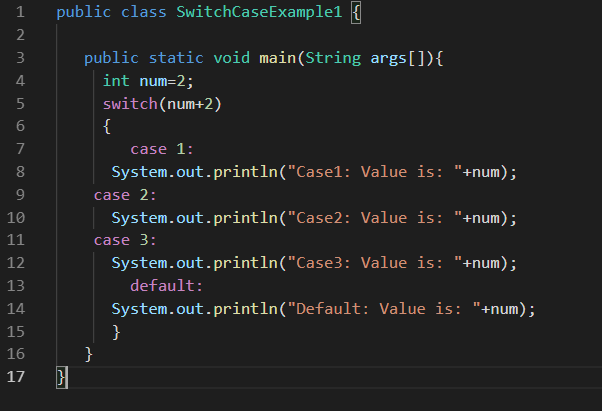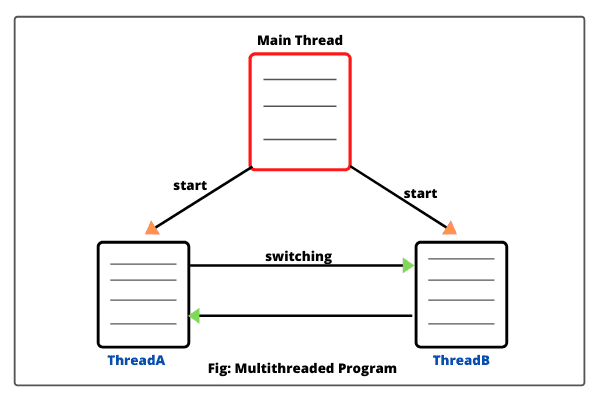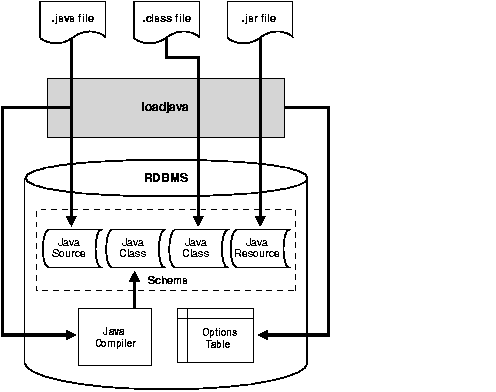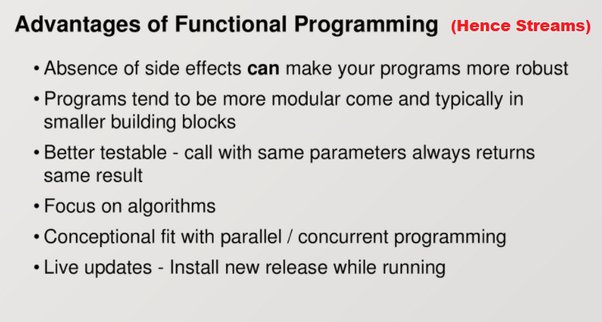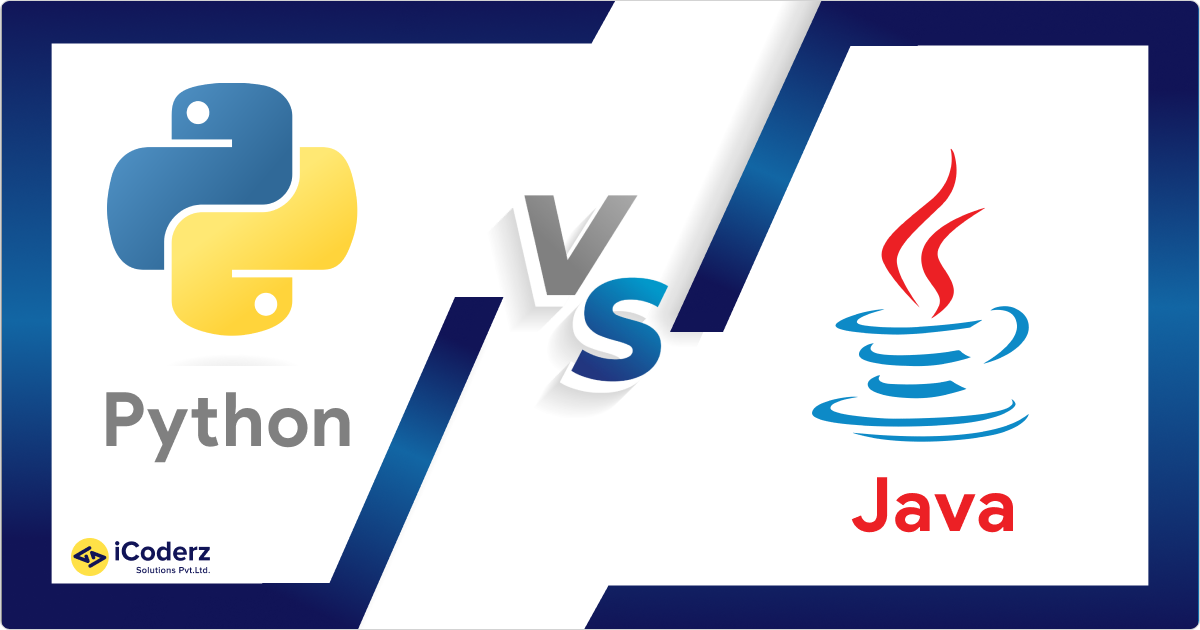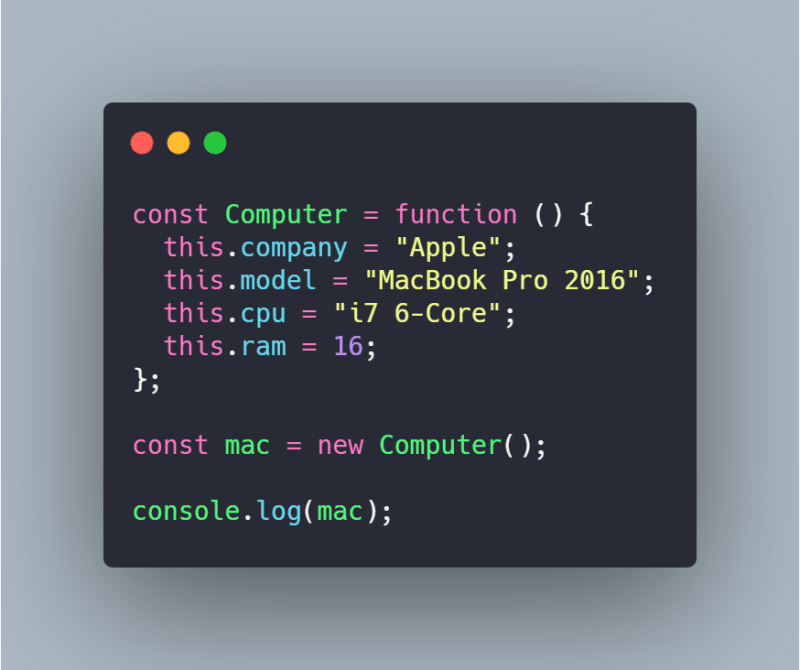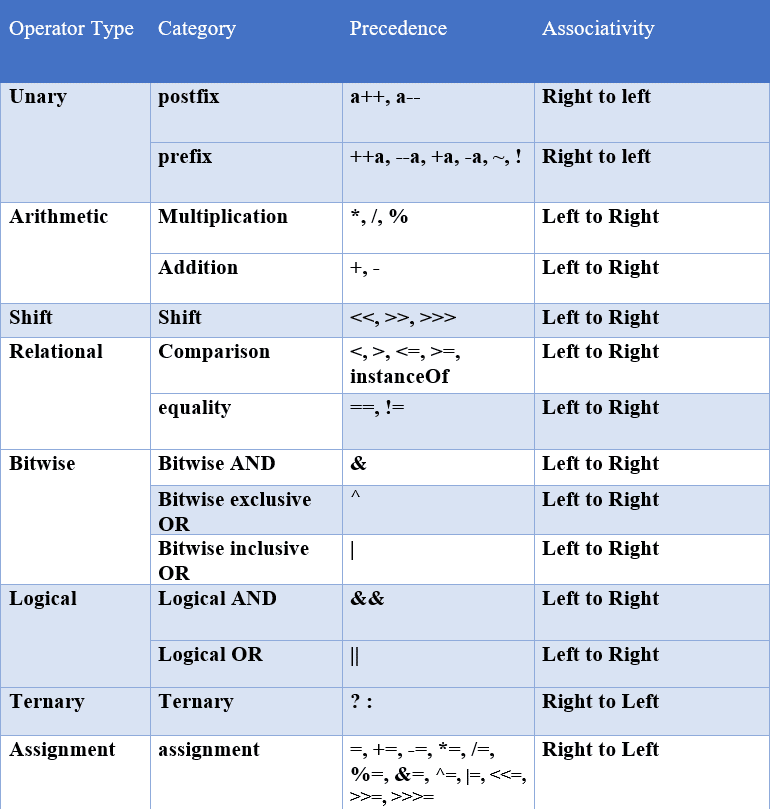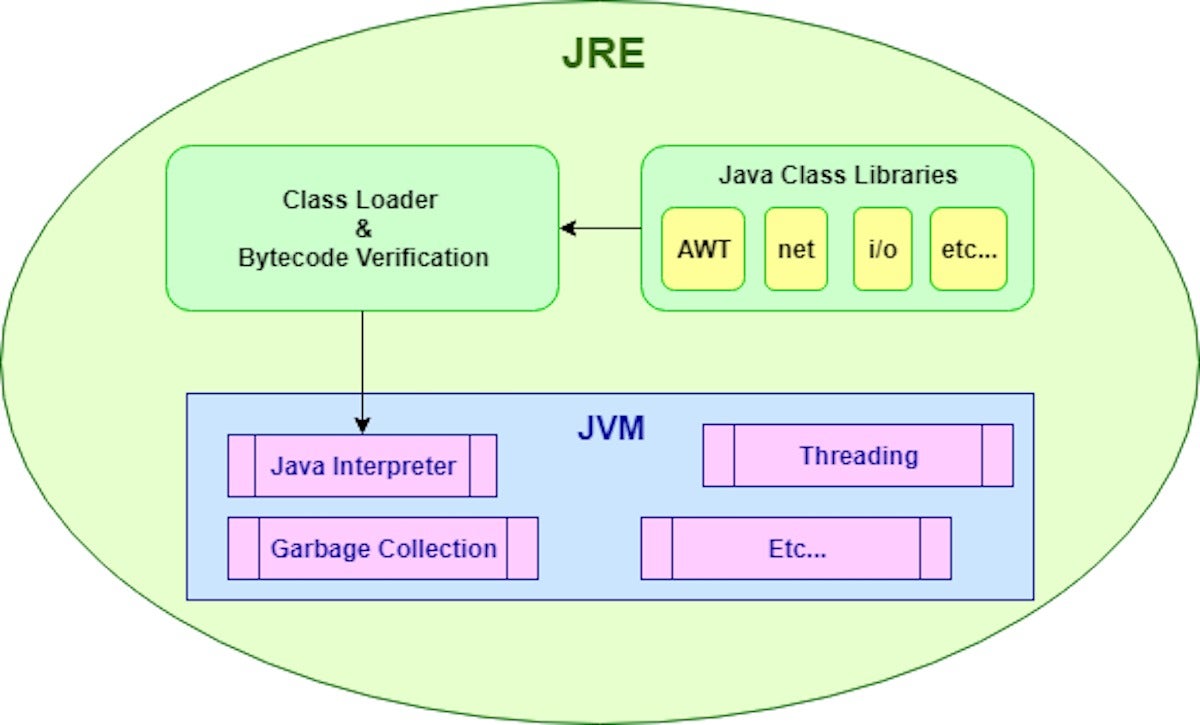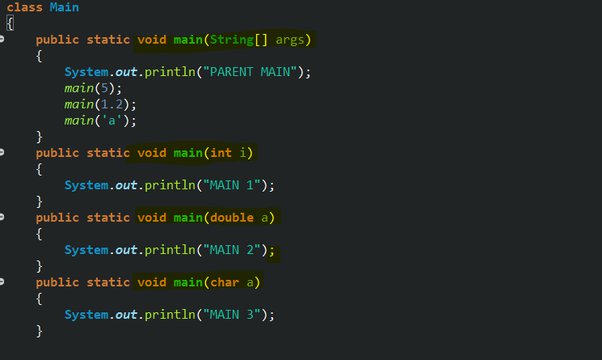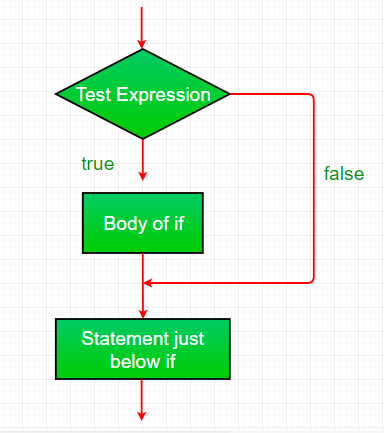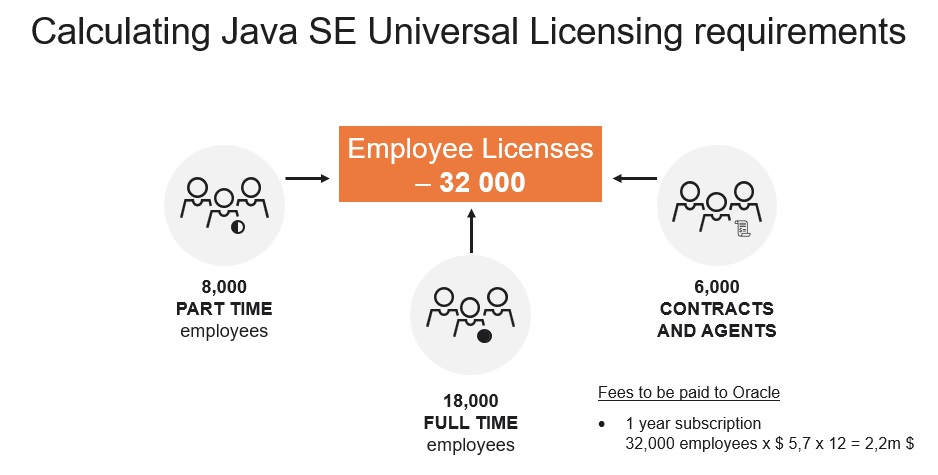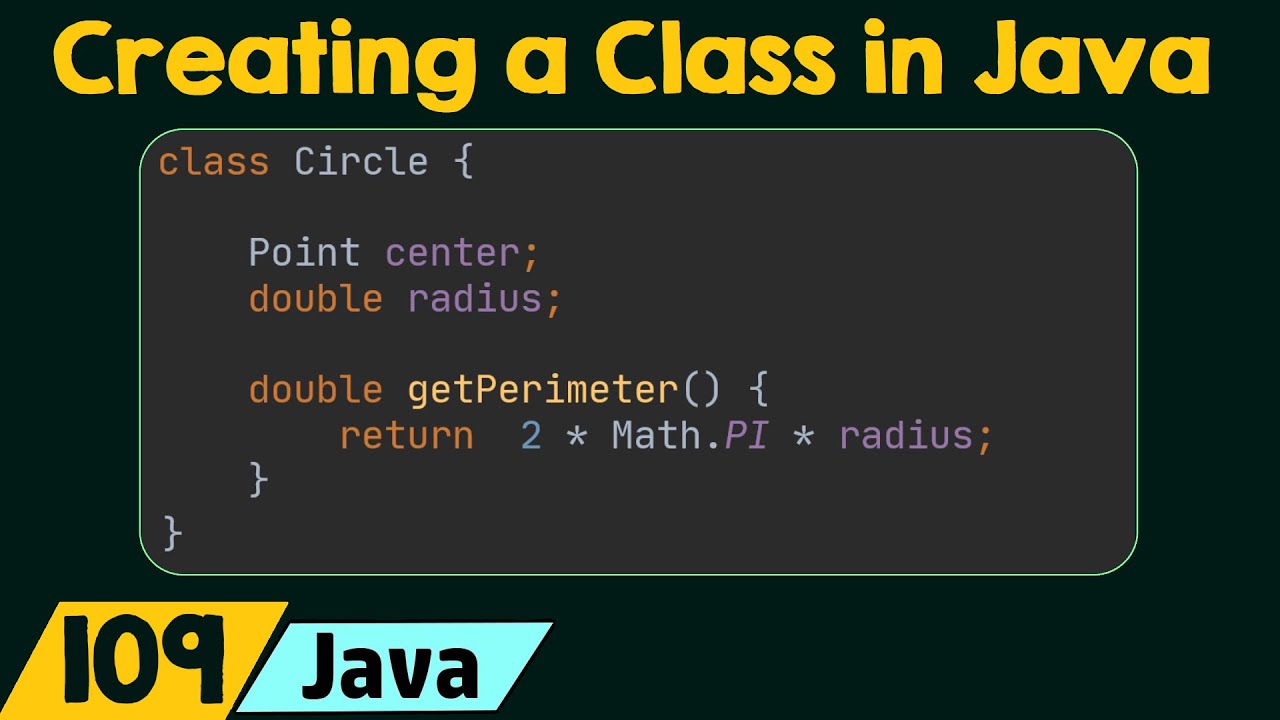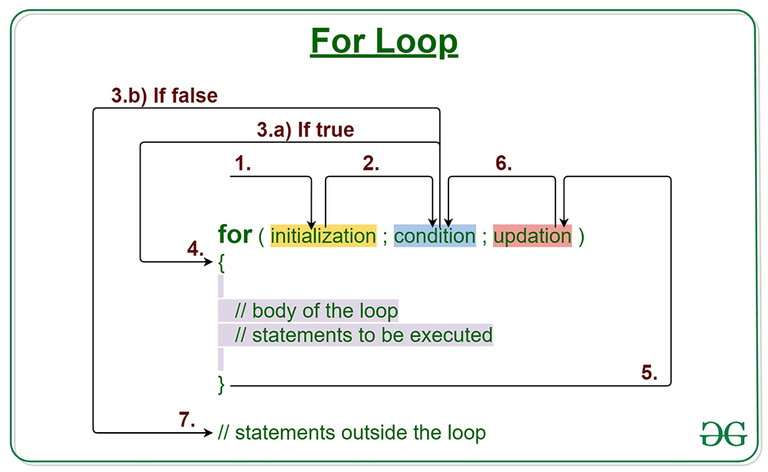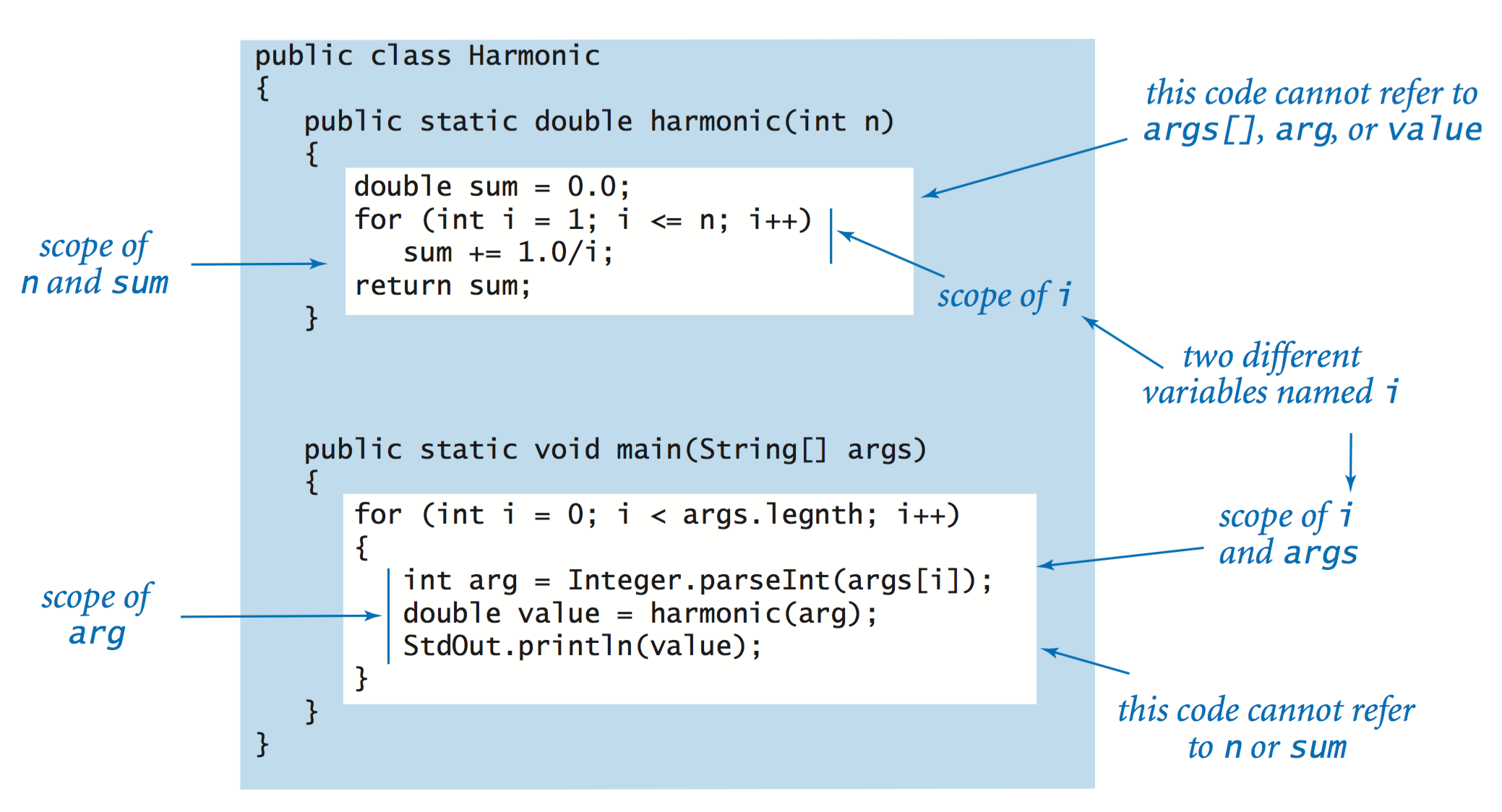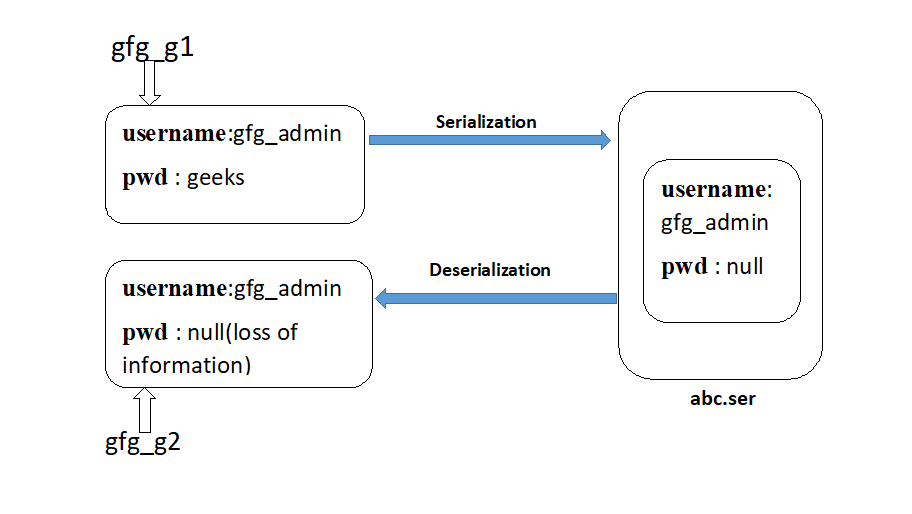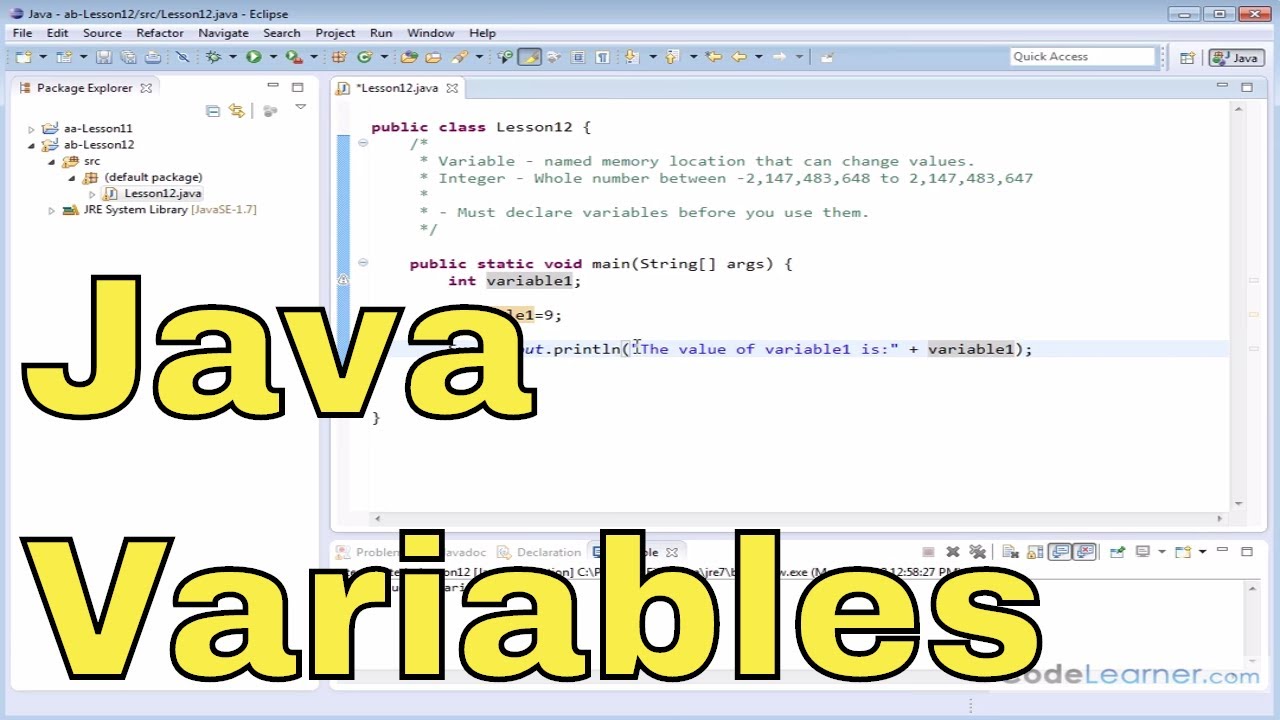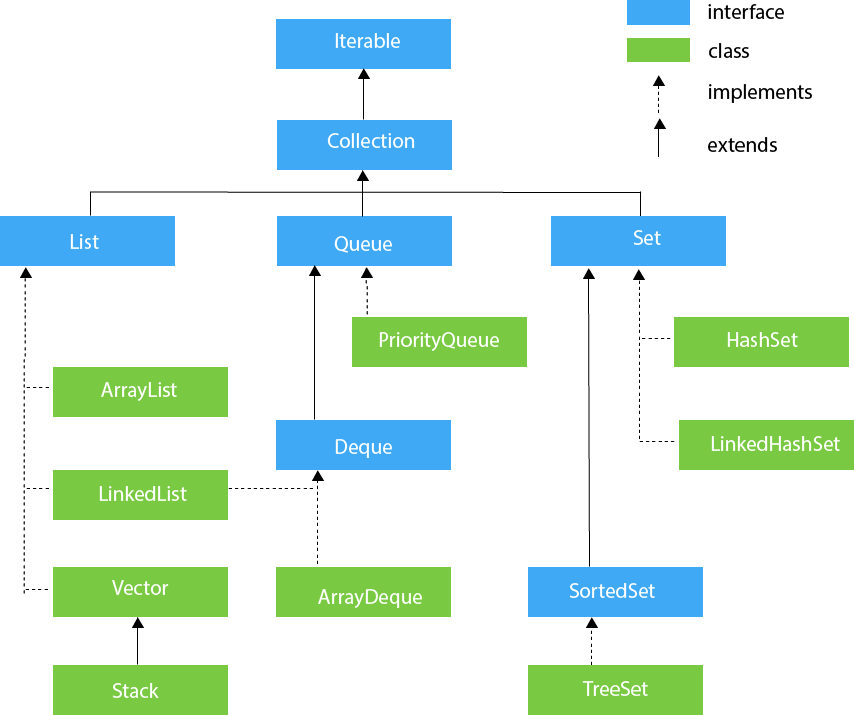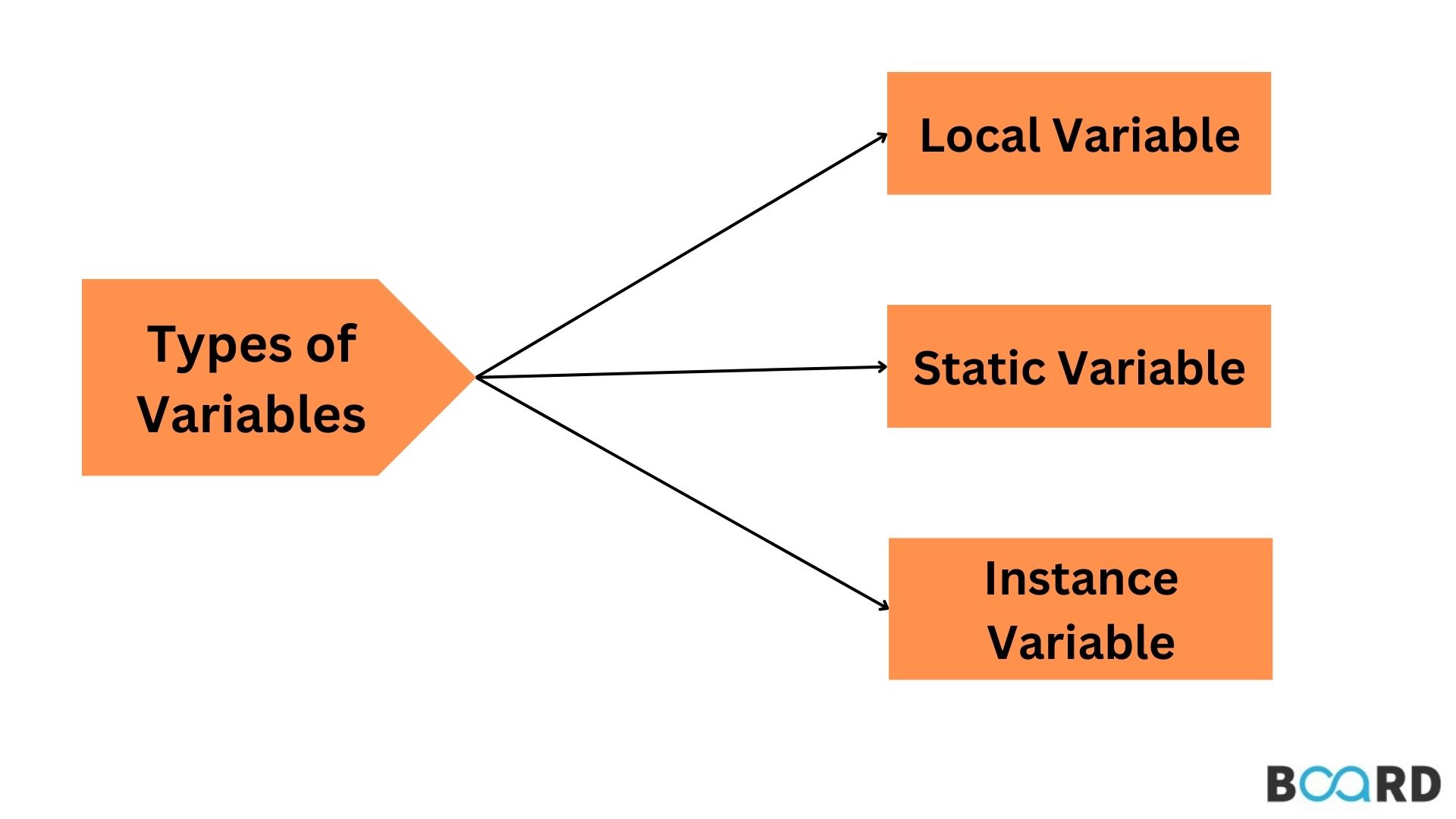What is a java design pattern example
What is a java design pattern example
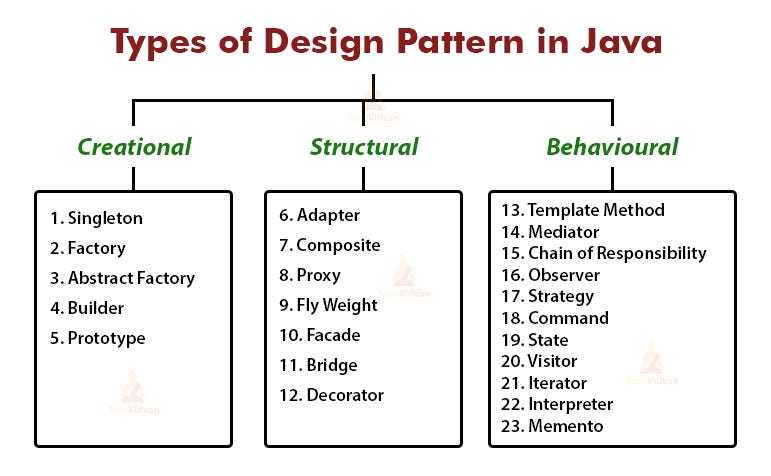
I'd be happy to explain Java design patterns with an example. Before we dive into the details, let me briefly introduce what design patterns are.
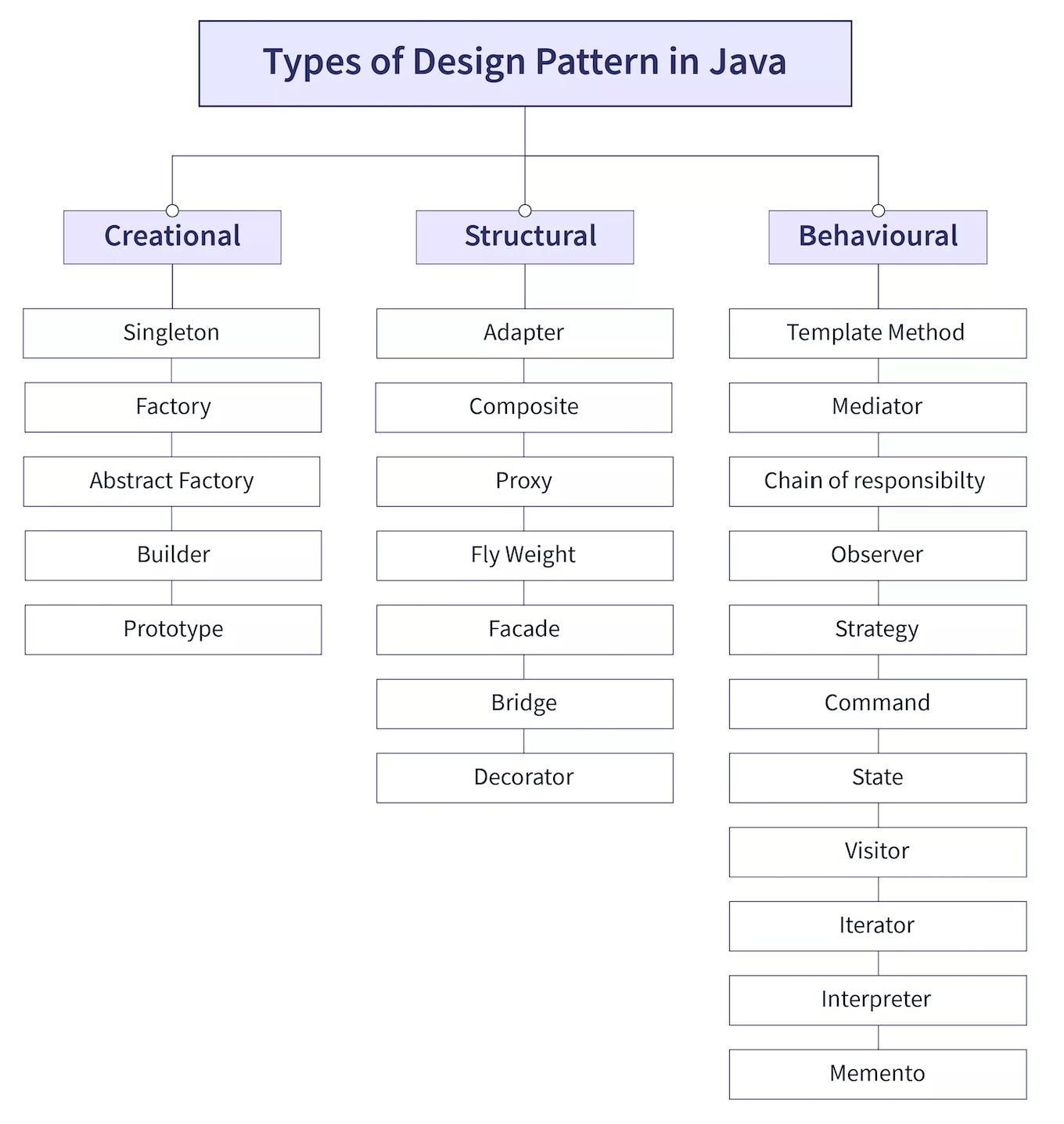
Design patterns in programming refer to reusable solutions to common problems that arise during software development. They help developers create flexible, maintainable, and scalable code by providing proven, well-tested approaches to solving specific issues. In other words, design patterns provide a blueprint for implementing a particular solution, making it easier to develop robust and reliable software.
Now, let's look at one of the most popular design patterns in Java: the Factory pattern.
Factory Pattern Example: Coffee Machine
Imagine you're a coffee shop owner, and you want to create a machine that can produce different types of coffee drinks. You have three options:
Espresso Cappuccino LatteEach drink requires a unique set of steps to prepare it. For instance, an espresso requires simply brewing the coffee, while a cappuccino needs both brewed coffee and steamed milk.
Here's how you might implement this using the Factory pattern in Java:
// Abstract Product (CoffeeDrink)
public abstract class CoffeeDrink {
public abstract void make();
}
// Concrete Products (Espresso, Cappuccino, Latte)
public class Espresso extends CoffeeDrink {
@Override
public void make() {
System.out.println("Brewing espresso...");
}
}
public class Cappuccino extends CoffeeDrink {
@Override
public void make() {
System.out.println("Brewing coffee and steaming milk...");
}
}
public class Latte extends CoffeeDrink {
@Override
public void make() {
System.out.println("Brewing latte...");
}
}
// Factory (CoffeeMachine)
public interface CoffeeMachine {
CoffeeDrink createDrink(String drinkType);
}
// Concrete Factories (EspressoMachine, CappuccinoMachine, LatteMachine)
public class EspressoMachine implements CoffeeMachine {
@Override
public CoffeeDrink createDrink(String drinkType) {
if ("espresso".equals(drinkType)) {
return new Espresso();
} else {
return null;
}
}
}
public class CappuccinoMachine implements CoffeeMachine {
@Override
public CoffeeDrink createDrink(String drinkType) {
if ("cappuccino".equals(drinkType)) {
return new Cappuccino();
} else {
return null;
}
}
}
public class LatteMachine implements CoffeeMachine {
@Override
public CoffeeDrink createDrink(String drinkType) {
if ("latte".equals(drinkType)) {
return new Latte();
} else {
return null;
}
}
}
How it Works
In this example, the CoffeeDrink class serves as the abstract product, defining the interface for all types of coffee drinks. The Espresso, Cappuccino, and Latte classes are concrete products that implement the make() method according to their specific requirements.
The CoffeeMachine interface represents the factory, which creates instances of specific coffee drinks based on user input (e.g., "espresso", "cappuccino", or "latte").
Each machine (concrete factory) implements the createDrink() method to produce a particular type of drink. The client code can then use these machines to create various types of coffee drinks, without knowing the specific implementation details.
When you call createDrink("espresso") on an instance of EspressoMachine, for example, it will return an Espresso object. Similarly, calling createDrink("cappuccino") on a CappuccinoMachine instance will return a Cappuccino object.
Benefits
The Factory pattern provides several benefits:
Decoupling: The client code is decoupled from the specific implementation details of each coffee drink. It only needs to know about the abstract product interface (CoffeeDrink) and the factory interface (CoffeeMachine). Flexibility: New types of coffee drinks can be easily added without modifying the existing code. Reusability: The same machine (factory) can create different types of drinks, making it reusable across various scenarios.
In this example, you've seen how the Factory pattern helps to encapsulate the complexity of creating specific types of coffee drinks. By using abstract products and factories, you can create robust and maintainable software that is easy to extend and modify as needed.
What is the difference between design pattern and effective Java?
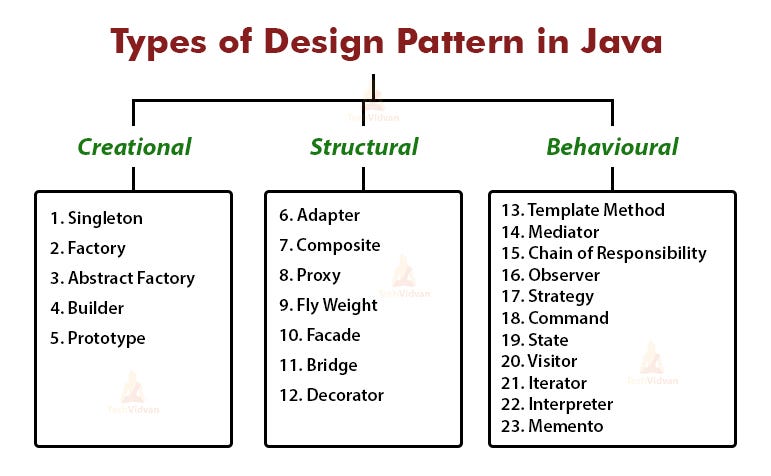
Design patterns and Effective Java are two distinct concepts that often get confused with each other. Let's dive into the details.
Design Patterns
A design pattern is a reusable solution to a common problem or issue that arises in software development. It is a general, repeatable solution that can be applied in various contexts to improve the maintainability, scalability, and extensibility of an application. Design patterns are not specific to any programming language or platform; they are language-agnostic and applicable across different technologies.
Design patterns typically address specific problems, such as:
How to manage complex logic and dependencies? How to decouple components and promote loose coupling? How to handle errors and exceptions? How to implement robust and fault-tolerant systems?By using design patterns, developers can create more maintainable, flexible, and scalable software systems. Design patterns are not a replacement for coding best practices or architecture; rather, they complement them by providing specific solutions to common problems.
Effective Java
Effective Java is a book written by Joshua Bloch, an expert in Java development. The book provides practical advice on how to write better Java code by using various techniques, best practices, and idioms. Effective Java focuses specifically on the Java programming language and its ecosystem.
The book covers topics such as:
Code organization and structure Exception handling and error management Concurrency and threading Memory management and garbage collection Best practices for coding style and readabilityEffective Java is not a design pattern; it's a comprehensive guide to writing good Java code, with a focus on best practices, idioms, and specific techniques.
Key Differences
The main differences between design patterns and Effective Java are:
Scope: Design patterns are language-agnostic, while Effective Java is specifically focused on the Java programming language. Purpose: Design patterns aim to solve common problems or issues in software development, whereas Effective Java provides guidance on writing good Java code. Level of Abstraction: Design patterns typically provide a high-level solution to a specific problem, whereas Effective Java focuses on low-level details and best practices for coding.In summary, design patterns are reusable solutions to common problems that can be applied across different programming languages and platforms, while Effective Java is a book that provides practical advice and best practices specifically for writing good Java code. Both concepts are valuable in software development, but they serve distinct purposes and have different scopes.
